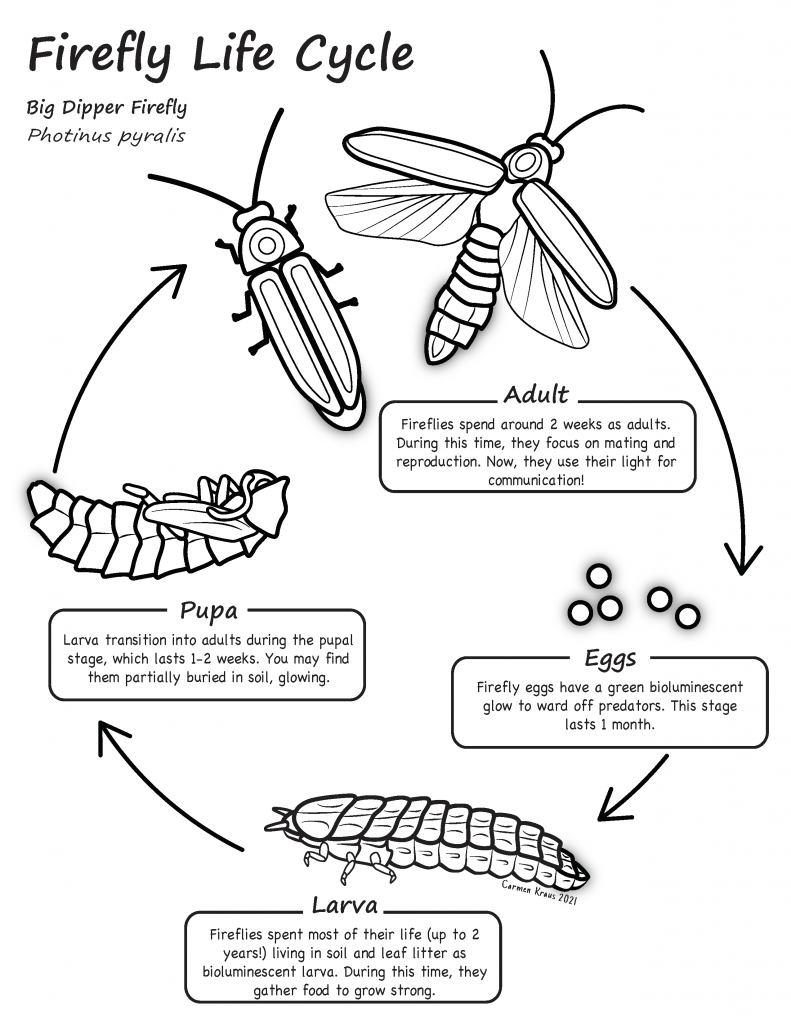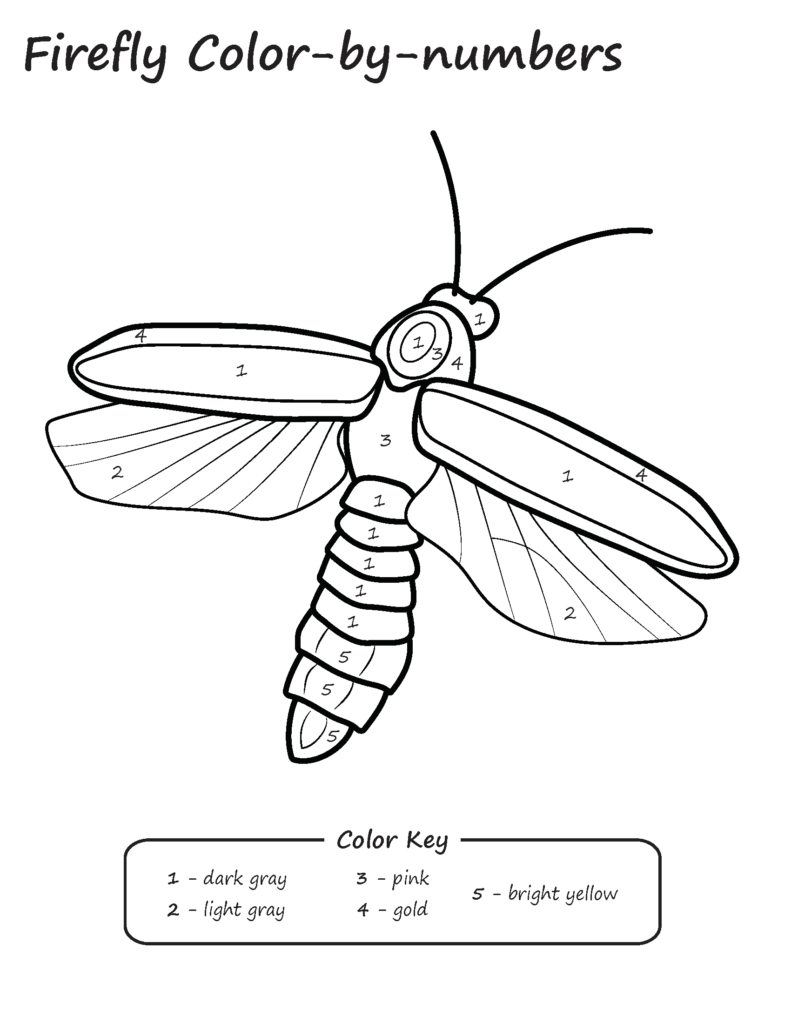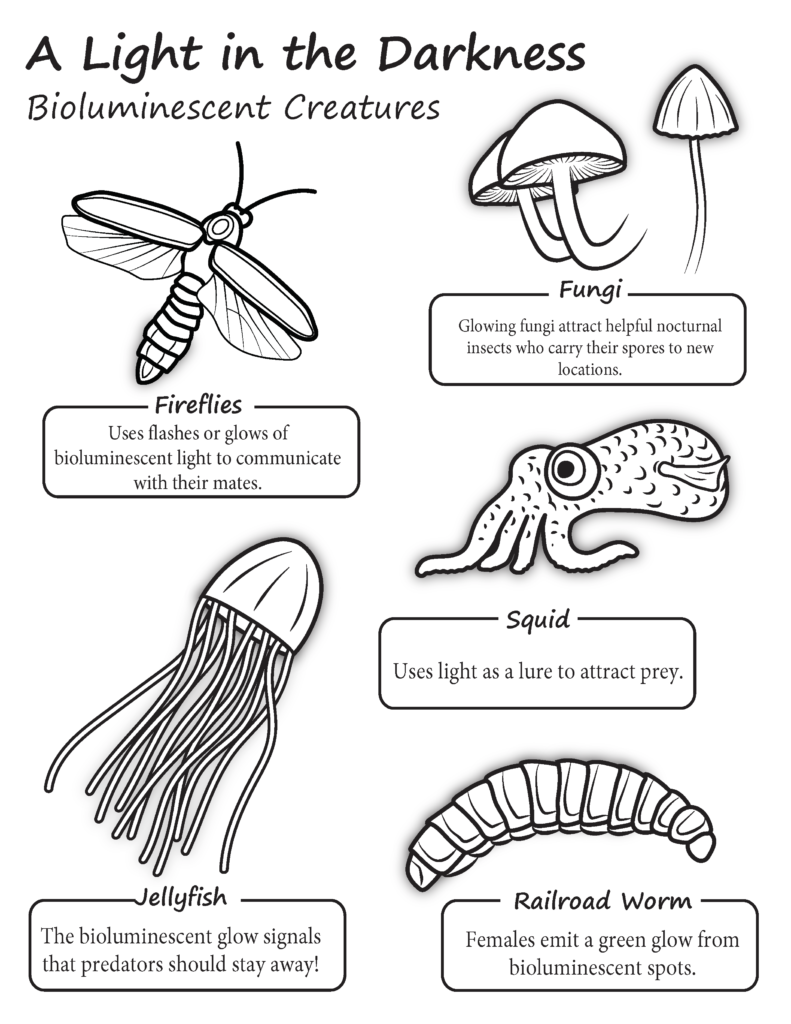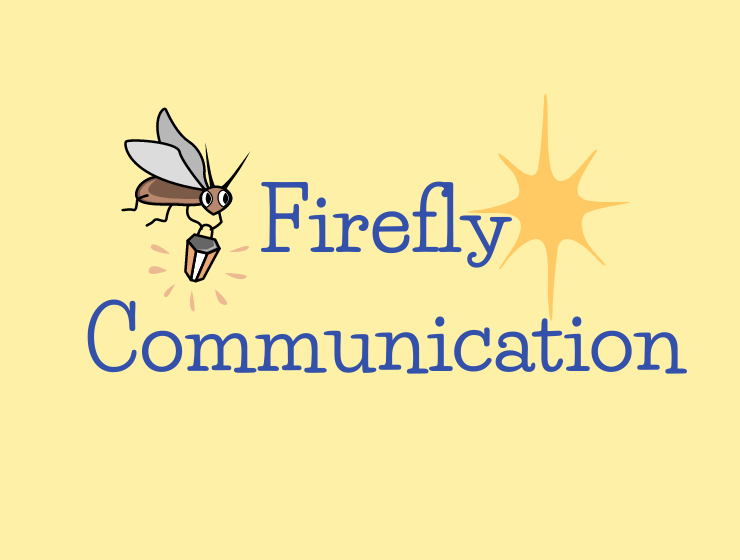
Fireflies bring us so much joy! We are learning more about them every day.
One way to learn about fireflies is by observing their behavior. There are many types, or species, of fireflies. Some use light signals to attract mates, so scientists watch fireflies in their natural habitat to learn more about how they communicate. Each species emits a unique flash or glow in a specific pattern, which allows them to find others of the same species.

You can be a scientist too!
To earn a Badge for the Athens-Clark County Library Summer Beanstack Program, submit your field notes using the Firefly Observation Form. We encourage you to submit as many observations as you want!
Fireflies can be found in many places so you could look for them at sunset in your yard, neighborhood, local park, or school. Check out the Firefly Field Guide to identify firefly species by their flash pattern and anatomy!
Science in your own backyard!
Pick-up a firefly kit at the Athens-Clarke County Library (summer 2021). Click here for library hours.
Kits are available for ages 8-11 (at Children’s Desk) and 11+ (at Teen Services Desk) and contain:
- Craft materials
- Bug net
- Magnifying glass
- Field guide
- Notebook
- Gardening gear (pots, soil, seeds)
- Stickers
- Coloring pages
- Reusable bag

Want to learn more about fireflies? Choose a topic below!
What next?
Get involved with research by volunteering with the Atlanta Firefly Project (summer 2021)!
Based in Atlanta, this firefly monitoring program seeks to understand how to conserve fireflies in urban areas using observations collected by the community. You can participate from Athens! This project is led by University of Georgia (UGA) graduate student Kelly Ridenhour. Visit the Atlanta Firefly Project Website to stay updated and learn more about our Georgia fireflies!
Science book suggestions for kids, teens, and adults:















Question & Answer
Fireflies do not like lights of any kind (other than their own), whether it is string lights, street lights, headlights, or a full moon! This is because the bright light drowns out their light signals, which makes it hard for them to see each other and find mates. For this reason, you are more likely to find fireflies in a dark area without light pollution.
Some firefly species prefer to live in the woods (for example, Photinus carolinus, the famous synchronizing Smoky Mountains firefly) whereas others like the Big Dipper Firefly prefer mixed or open habitat like yards, meadows, or the edge of woods. Some fireflies can only be found in specific places because they have adapted to the altitude, light condition, temperature, and vegetation of that habitat. This means that if their preferred habitat was altered or destroyed, it could be harder for them to find another place to live.
Great observation! It may be: 1) that the firefly was taking a break from displaying, 2) a male and female were in a flash dialogue, or 3) they may be different species! I find that observing behavior, such as the height the firefly was flashing at (high above your head, eye-level, or low to the ground) and how they were flying (hovering versus moving), can be helpful in determining if they are different species or courting.
Fireflies flash or glow because they can make their own light, called bioluminescence! This light is produced by a chemical reaction in the yellow part of their body, known as the light organ (or lantern). Similar to our nerves, which we use to sense and send signals, fireflies can send a signal to control when they flash. This allows them to flash in a specific pattern to find mates.
Fireflies are sensitive to pesticides, so thank you for avoiding them in your yard! Spraying pesticide introduces toxins into their habitat, so fireflies may be exposed to pesticides on trees, vegetation, or soil. Pesticides are harmful to insects even if they are not a pest, which is why it is important to use nontoxic lawn treatments.
This could have been a firefly courting its mate. After the flash dialogue, which occurs when male and female fireflies flash to each other, the male lands by the female but they may have to cross brush or leaves to find each other. They do this to verify using chemical cues (pheromones, like bug perfume) that they are the same species.
During their larval stage (just before they become adults) fireflies are carnivorous and eat snails, worms, and slugs. This phase of their life, which lasts 1 or 2 years, prepares the larvae to become strong, healthy adults. This is important because adult fireflies do not eat, instead they rely on food stores obtained as larvae. There is an exception: adult female Photuris fireflies eat their mates, or males from other firefly species. Photuris females mimic their firefly prey by flashing to males who are searching for mates, and then eat the male when he lands! Adult fireflies are often found drinking nectar from milkweed plants. It is possible that, like the Monarch butterfly, some fireflies use chemicals from the plant to make toxins for defense against predators.
At twilight, the flying fireflies are males who put on their light display to attract mates, while the females sit on leaves or blades of grass. If you see a flash from the ground, it may be a female firefly. They blend in and do not flash as often, which makes them much harder to find! At night, both male and female Photuris species may fly. The males display and females may hunt for other firefly species in the air.
Different species of firefly can be distinguished by physical traits like body size and the color of their abdomen, wings, and head shield. Some fireflies, such as Photuris, are much harder to identify because their physical traits can look similar, so it is important to note their flash pattern!
Some fireflies are! The Photuris group of fireflies are nocturnal. Some types of Photuris come out when it gets dark and flashes all night, while others wind down after a few hours. The twilight-active fireflies end their displays once it gets dark. Each type of firefly has their preferred activity time.
We would love to hear from you!
Share any of your questions, memories, art, or stories about fireflies either in the observation form or through email (teamfireflyathensga@gmail.com)
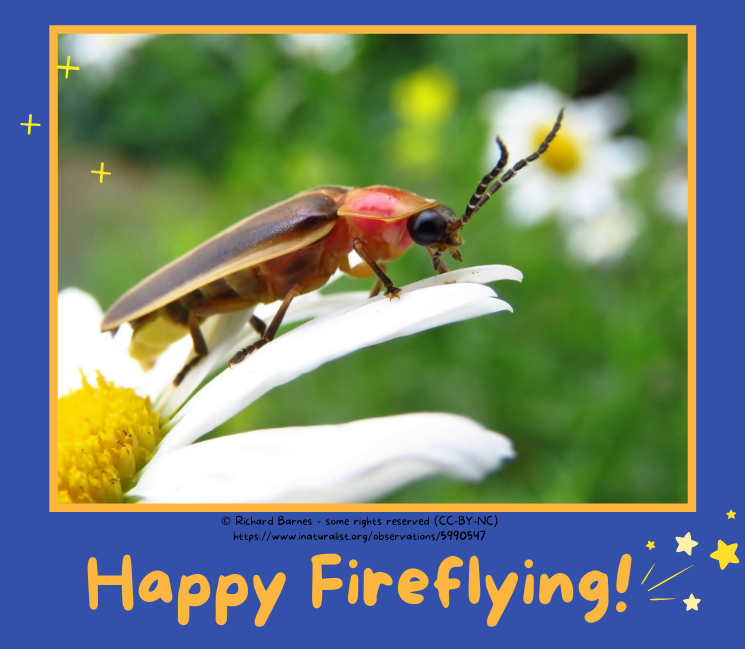
Acknowledgements
Thank you to Mass Audubon Firefly Watch for their insight on developing resources for firefly monitoring. Check it out!
Thank you to Dr. Kathrin Stanger-Hall for her thoughtful guidance on firefly biology and science communication. More information about her firefly research at UGA can be found here.
This project has been generously funded by the UGA Graduate School. Thank you!



